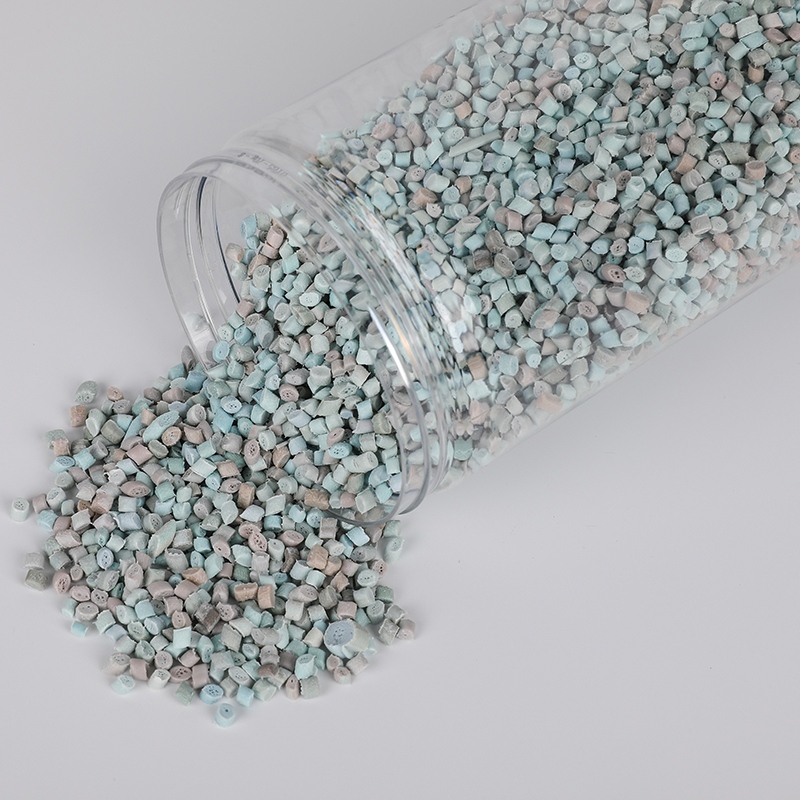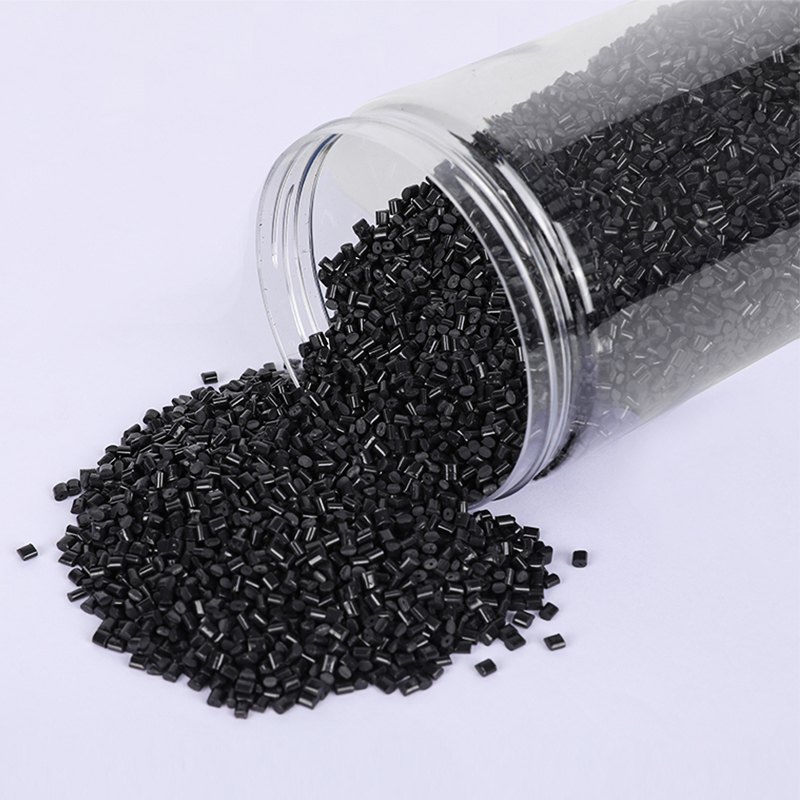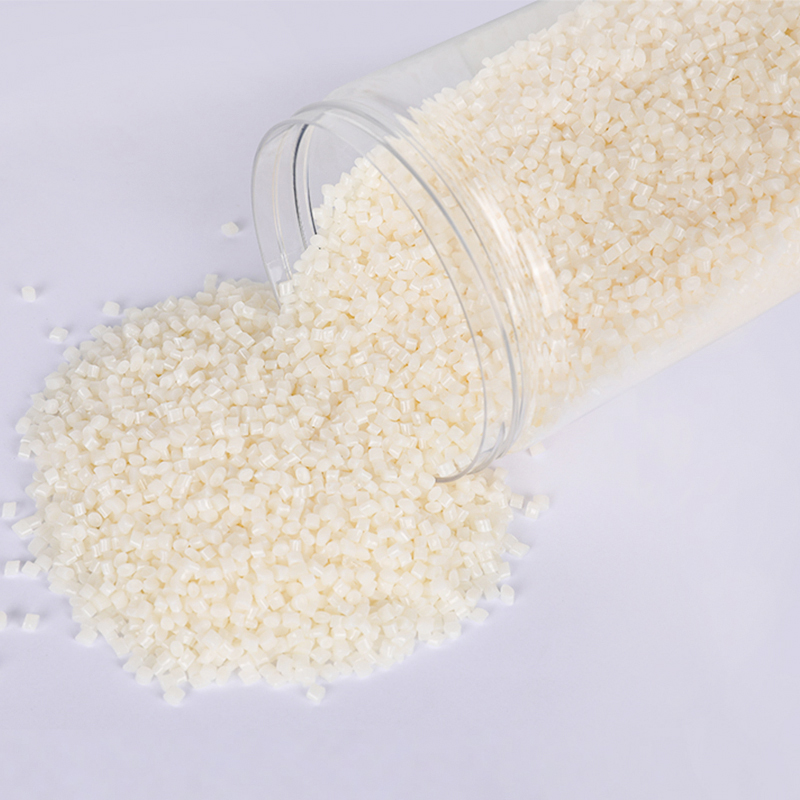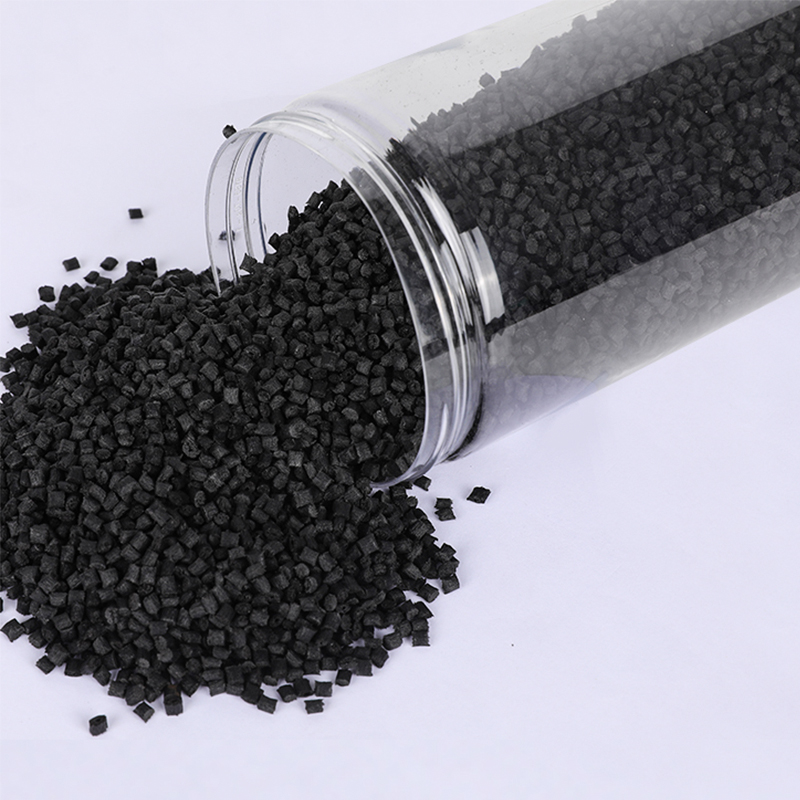Stay up to date with our recent products
Web Menu
Product Search
Exit Menu
How has public perception of recycled polyethylene changed over time?
The public perception of recycled polyethylene has undergone significant transformation over the decades, reflecting broader shifts in environmental awareness, technological advancements, and cultural attitudes towards sustainability. In the early stages of polyethylene recycling, which began in earnest in the 1970s and 1980s, recycled polyethylene was often viewed with skepticism. The process of recycling polyethylene—collecting used plastic products, cleaning and sorting them, melting them down, and reforming them into new pellets—was still relatively new, and many consumers were concerned about the quality and safety of products made from recycled materials. Early recycled polyethylene was often perceived as inferior to virgin polyethylene, with concerns about its strength, durability, and overall reliability. This skepticism was compounded by the limited availability of recycling infrastructure and the lack of widespread understanding about the benefits of recycling.
As environmental issues gained prominence in the 1990s and early 2000s, public perception began to shift. Awareness of plastic pollution and its impact on ecosystems, particularly marine environments, grew, and recycling started to be seen not just as a responsible choice but as a crucial necessity. Efforts to promote recycling and sustainability led to more sophisticated recycling technologies, improving the quality and consistency of recycled polyethylene. The development of advanced sorting and processing techniques helped address earlier concerns about the performance of recycled materials. By the 2000s, recycled polyethylene began to be more widely accepted, and its use in various products—from plastic bags and bottles to pipes and construction materials—became more common. This acceptance was driven by a growing recognition of the environmental benefits, including reduced landfill waste and lower energy consumption compared to producing new plastic from raw materials.

In recent years, the perception of recycled polyethylene has continued to evolve positively, bolstered by increased consumer and corporate emphasis on sustainability. The rise of environmental movements and corporate social responsibility initiatives has placed greater emphasis on the use of recycled materials. Consumers today are more informed and concerned about the environmental impact of their purchases, and as a result, there is a stronger demand for products made from recycled polyethylene. Innovations in recycling technology have further enhanced the quality of recycled polyethylene, enabling it to match or even exceed the performance of virgin plastic in some applications. This has been complemented by effective educational campaigns and transparency from manufacturers about the benefits of using recycled materials.
The contemporary view of recycled polyethylene reflects a broader cultural shift towards sustainability and environmental stewardship. It is now seen not only as a viable alternative to virgin plastic but also as a crucial component of a circular economy where materials are continuously reused, reducing waste and conserving resources. The challenges that once plagued recycled polyethylene, such as concerns about its safety and efficacy, have been largely mitigated by advancements in technology and increased consumer awareness. Today, recycled polyethylene is widely embraced as a testament to the progress in environmental practices and the growing commitment to reducing the ecological footprint of plastic products.
As China PCR Recycled Plastic Granules Factory, We always adhere to the experience and philosophy of "keeping up with the times, constantly innovating, developing efficiently, and cooperating for mutual benefit"

Address: No.11, Wangzhuang Section, Provincial Road 01, Daqiao New Area, Economic Development Zone, Haiyan County, Jiaxing City, Zhejiang Province, China
Phone: +86-18058285678
Fax: +86-0573-86868101
E-mail: [email protected]
SUNRISE GROUP(Overseas Exclusive Agent)
www.sunrisechemical.com
2024 ICIS Global Chemical Distributor Top 8
Export Sales Manager:Helen Zhang
Mob/Whatsapp: +86 19883063465
Email: [email protected]
Copyright © Jiaxing Anyiju Plastic Industry Co., Ltd. All Rights Reserved

 简体中文
简体中文 English
English







